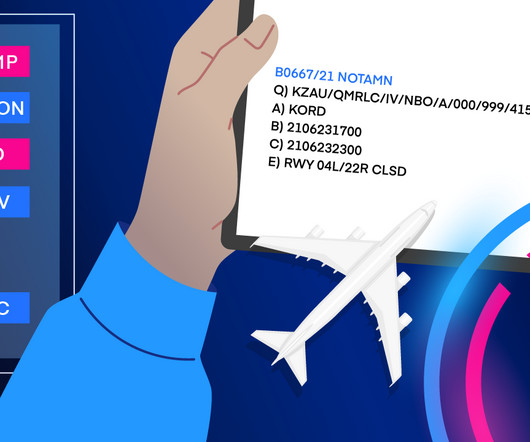AIRMETs Vs. SIGMETS: What’s the Difference?
Pilot Institute
OCTOBER 17, 2024
These weather alerts each have their own role: AIRMETs warn about moderate conditions like turbulence, icing, and limited visibility, which can affect smaller or less equipped aircraft. SIGMETs alert pilots to more severe weather events like thunderstorms, volcanic ash, or strong turbulence that could pose serious risks to any flight.










Let's personalize your content